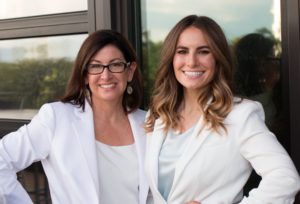Boarding Schools and Therapeutic Schools. Are they open?
Though the sands continue to shift beneath our feet, we will attempt to describe the landscape today, what we are predicting, and what we do not know. Watch this space for updates mid-July or sooner.
What we are seeing today
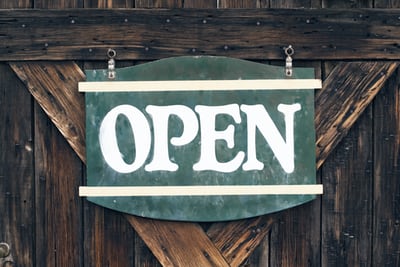
Boarding schools
Colleges are faced with very difficult decisions, partially because of their size and porous nature — students coming and going, including very social weekends. Boarding schools and their therapeutic counterparts, in contrast, are much smaller — often less than 500 students and as small as 50 students. They are organized with more structure and supervision on weekends and off-hours. We predict these elements will allow these institutions more agility when it comes to COVID-conscious operations.
Most US and European boarding schools were forced to suspend classes in March and send students home. We even had a few students stranded at schools where fortunately the caring teaching communities looked after them.
Today, several boarding schools are will be opening in the fall with students on campus (and have clearance from States to do so). These include schools as large as 400+ and as small as 50 students. If they haven’t already done so, most schools will be making official announcements July 15.

Boarding schools in Europe, particularly Swiss boarding schools, have publicly announced they will be opening in the fall, with many already open for summer sessions. Some US-based families are already considering this boarding option as a back up or even first choice.
Therapeutic programming
Almost every therapeutic program in the US is still open and fully operational. This includes, but is not limited to: outdoor behavioral health programs (e.g. “wilderness” therapy), therapeutic boarding schools, and other residential programming. The latter of which includes schools serving students with neurodevelopmental impairments, substance abuse, anxiety, depression, etc.
In March, most programs offering behavioral health support around the US stayed open. This is in large part due to two factors:
- States allowed programs to remain open because they are considered ‘essential’ (as a health service).
- The small size of these programs lends itself to creating tight “bubbles” of containment
Some of these programs closed, which was very unfortunate for students and programs alike. Another few programs have continued to offer services virtually until they could bring students back (it’s looking like those students will be returning early July now).
What we have seen in programs is a remarkable adaptation to the most challenging health crisis of our time. Programs quickly implemented physical distancing and hygiene measures. New students are carefully screened and now tested on admission. While test results are being processed, students are typically kept separate from the community with full supervision and programming. Some programs have implemented regular testing, or even gone so far as to ask staff to contract to follow precautions even in their off hours, so as to keep the communities safe.
Protocols have varied across the US, but so far parents and program staff with whom we have spoken have expressed satisfaction with protocols. In fact, parents have expressed relief that children are able to receive academic instruction and counseling in the context of a community with authentic social interaction and recreation. Life is almost more “normal” for these tight communities.
What we do not know
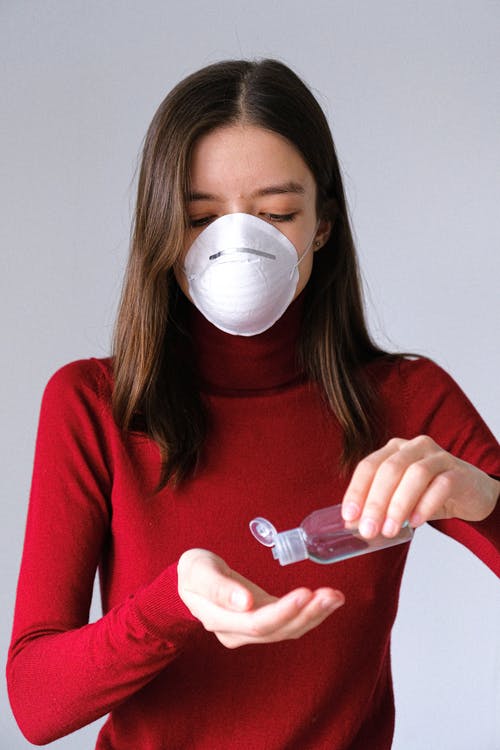
It would appear schools are making every effort to open in the fall — safely. What we still don’t know:
- how will schools manage testing when students arrive?
- can small schools create “bubbles” of safety, as many therapeutic programs have? If so, how will they manage the comings and goings of staff?
- will schools manage to maintain physical distancing in classes but also sports, music, and social events?
- how will schools prepare for and manage outbreaks?
- how will schools manage financial agreements with parents? If schools close midyear and go to remote learning again, how will room and board fees, along with other costs, be handled?
What we absolutely know
To quote Chrissy Tiegan (perhaps a surprising reference): does anyone know if we will get through this together or not? or if these times are certain or uncertain? no one letting me know
This moment is confusing and we are all figuring it out one day at a time. As adults, we worry for our children and grieve for what has been lost and what may be lost. It’s also filled with small joys everywhere… especially when we look to our children. Although our children may fall behind in math, they are also learning other lessons in life: fortitude, creativity, empathy and a connection to the larger world around us.

We need to protect our children, especially the most vulnerable, but let’s not forget they are naturally adaptable, even more so than many of us adults. This moment is constantly asking us to make profound shifts in how we do almost everything… things may be different in the fall, with alternative schedules and modes of teaching, but we remain steadfast in our collective commitment to our children.
Written by: Michelle Grappo
Have a question for Michelle or Rebecca? Contact us here!


